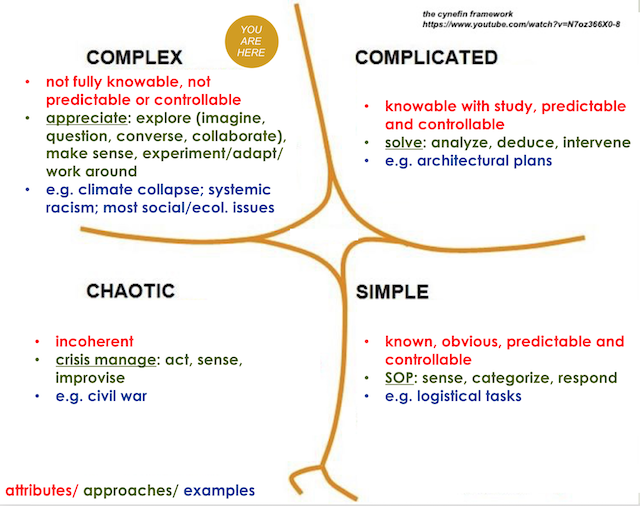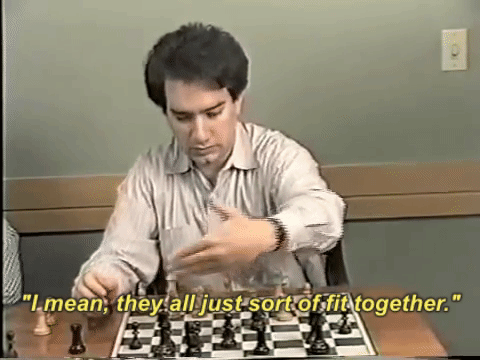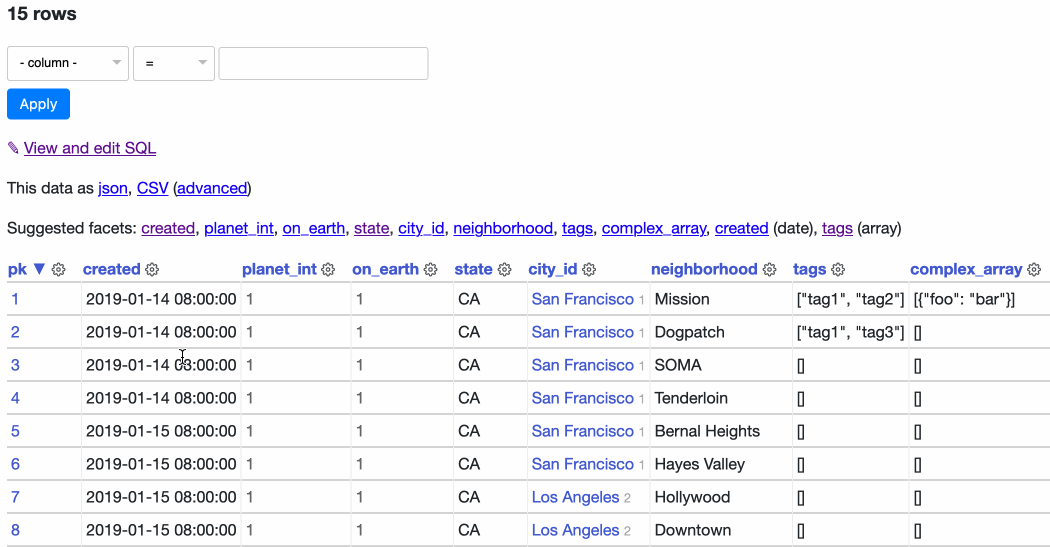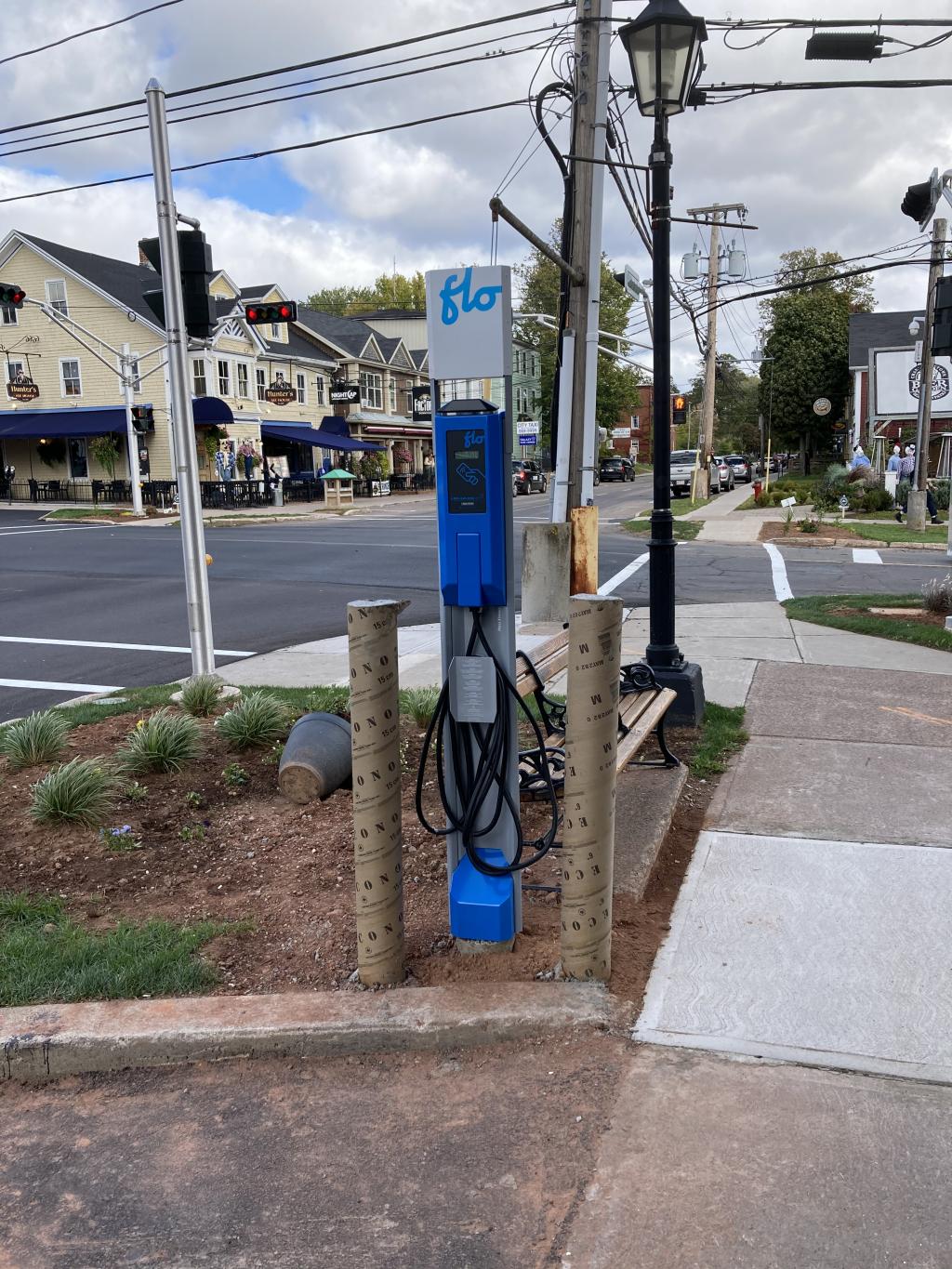This will be the shortest post on this blog for some time, since little of note has happened in the last week. The Brexit negotiations continue, albeit in an unofficial and little-reported way and that is not because we have entered the much-vaunted ‘tunnel’ of leak-proof final talks. That may be imminent, as David Frost and Michel Barnier meet in London later today, but unless something has changed behind the scenes it’s difficult to imagine quite what they will say to each other. Last Saturday Boris Johnson and Ursula von der Leyen had a telephone meeting that some thought might produce a breakthrough, but it only led to a call on the negotiators
to intensify their efforts.
Yet those efforts have hardly been lacking in their pains, and the reality is that whilst the negotiators have been given incompatible mandates by their political leaders there’s not much more progress to be made. The telephone conversation did not apparently see any change in the political directions being given. In some ways, even at this very late stage, it seems as if no progress has been made since before the Referendum itself. For Johnson is
still blathering on about how the key to it all is the UK’s trade deficit with the EU as if he were still touring the country on the bus of lies.
Speculation is pointlessDespite some
gloomy-sounding noises from the EU, occasional (though not, it seems to me, concerted)
bullish-sounding bellows from the UK, and some
optimistic voices in the media (£), I continue to think that there is no way of telling whether a deal will be done, or much point in speculating about it. That will remain the case even if ‘the tunnel’ is entered, because although that would indicate a deal is the more likely outcome it would not make it certain and it would not tell us what kind of deal was being made and with what compromises or by whom.
The reason speculation is so difficult is because, firstly, it’s impossible to know what tactics may lie behind the public statements and media briefings, especially when every optimistic report such as that linked to above is followed a few hours later by
a pessimistic one, and
vice versa. And secondly (or maybe it is just a version of the same thing), the game theory approach that
the UK appears to be following means that we would expect exactly what is happening now whether or not the intention is to strike a deal, so there is nothing sensible to conclude from current events about what that intention is – even assuming Johnson and his shambolic government know what they are intending.
Possibly he still believes that the EU is about to ‘blink’. The
signs suggest otherwise, and the relative strengths of the two ‘sides’ mean that there will either be a UK ‘blink’ or no deal. Some
reports this week (£) suggest that the former is in prospect, with the UK shifting on state aid and governance issues. Such a blink might be accompanied by some face-saving compromise, with many commentators
seeing fisheries as where that might lie, although Tony Connolly, the invariably well-informed Europe Editor of RTE,
reports a hardening of the EU’s position on this issue.
Some speculationMy own thought, for what very little it is worth, is that Johnson (though maybe not those around him) thinks not so much that the EU will blink as that it will come up with a solution for him that will make all his problems go away. That isn’t such a strange suggestion because in some ways it has been the UK position all along: to present the EU with the British red lines and sit back. As Brendan Donnelly
notes in his most recent Federal Trust blogpost, the EU was puzzled from the beginning by the fact that Britain “seemed incapable of formulating any coherent set of demands or aspirations for the negotiations”.
That was the background to
a widely reported story in January 2018 about a private meeting in which Angela Merkel asked Theresa May what she wanted the UK’s relationship with the EU to be. May replied, “make me an offer” to which the German Chancellor pointed out that it was for the leaving country to say what it wanted. May reportedly just kept robotically repeating her “make me an offer” line.
A lot of water has flowed under the bridge since then, of course, but I don’t think it is fanciful to imagine Johnson’s conversation with von der Leyen as having had a similar character. It’s certainly easier to imagine than him engaging in a serious discussion about the nature of state aid regimes or the intricacies of the Northern Ireland Protocol, which he barely seems to understand. Brexit for him, even more than for most Brexiters, has never been about concrete practicalities, which he no doubt regards as the province of
“girly swots”. This is consistent
with reports this week (£) that Johnson is regarded by EU leaders as “detached” and “absent”. Perhaps, less politely, we could say that he is incompetent, irresponsible and out of his depth.
Be that as it may, if a deal does get done then the Brexit Party – and no doubt many Tory MPs – are gearing up
to denounce it. This will be the final chance for Johnson to do what none of his predecessors as Tory leader have done and face down the Ultras. It’s not clear he has the political strength or courage to do so. But if he doesn’t make a deal with the EU then it’s doubtful he has the political strength and courage to cope with the fallout of that. He is approaching the moment at which all his political lies and personal flaws leave him with no place to hide. Tellingly, he
barely mentioned Brexit at all in his party conference speech. In line with my speculations above, perhaps he’s just lost interest. Brexit simply isn’t fun anymore.
There’s been so much written about the negotiations and their prospects that, apart from not wanting to add much to it myself, I don’t see much point in chewing over it. The exception this week is a very interesting
piece by Matt Ross on the Global Government Forum website. Based on interviews with two former DExEU Permanent Secretaries, it is notable for placing the current negotiating situation in the wider context of the entire Brexit process (something too often ignored, as there are so many patterns, paths and recurrences within it), but also for pointing out that, whatever the intentions of the various actors, there is considerable scope for an accidental no deal. I think, again for what little it is worth, that that is an underpriced scenario.
But the key point, as argued at length in
my previous blog, remains that deal or no deal outcomes are just different degrees of bad news for Britain: far worse the EU membership, and far worse than what Brexiters promised. The theatre of the last-minute negotiations shouldn’t distract from that.
Drifting onThe current limbo may very well drift on beyond the October deadlines that both the UK and EU have given, into November or even December, thus compounding the destabilizing uncertainties for individuals and businesses. One piece of good news is that the House of Lords voted strongly
for an amendment to the Immigration Bill so as to require the government to provide EU nationals with physical (not just digital) proof of settled status, though it remains to be seen if this will prevail. And good news at least for the big league management consultants, if not for taxpayers, as the extent to which Brexit has driven up what they earn from government contracts
was revealed.
So the gloomy roster of Brexit damage continues to grow, and
Yorkshire Bylines (whose coverage of Brexit has been excellent) have created a
regularly updated list of Brexit-related job losses. This, with dark humour, they call the Digby Jones Index, named after the Brexiter Peer who
inanely predicted that “not a single job” would be lost as a result of Brexit. Whilst a bit part player in the Brexit fiasco, Jones is one of the most pugnaciously unpleasant and stubbornly unteachable of the D-list cast so is a deserving target to be thus lampooned – but any amusement is small comfort for those whose jobs are being tossed on the bonfire of the Brexit vanities.
Somewhat beneath the radar, the most ominous development this week was an
ECJ ruling that key parts of the UK’s data gathering regime violate EU law. This makes it considerably less likely that the EU will agree to approve the UK system as ‘adequate’ after the end of the Transition Period. This comes on top of
a ruling in July about the legality of US data protection and transfer systems, with implications for other third countries such as the UK.
As with so much else about Brexit, this is a hideously complicated legal and technical subject, and it has huge implications for both security and trade, causing extra costs and delays for businesses and potential failures or delays in intelligence-sharing. A decision on adequacy is unlikely to be made until December. As so often,
the Institute for Government has an excellent explainer of the issues (although note that it predates this week’s ruling).
Also less prominently reported than it deserved to be was
the story that collaborations by UK businesses in the EU’s Horizon 2020 research program have almost halved since the Referendum, although academic collaborations have held up. The amounts of money involved aren’t huge – and actually what matters more is the loss of networks - but like so many of the Brexit stories that don’t make the national news bulletins, what is gradually being eroded are the long-term prospects of activities that are strategically vital to the UK. It’s that, rather than queues developing at Dover or other ports – of which,
more news this week - which constitutes the biggest economic danger of Brexit.
Don’t make a fussThere’s a strange air of unreality in the UK at the moment. Most of the media attention is on the national Covid-19 situation and the rest on Donald Trump. Brexit news is just a rumble in the background. Yet in a mere 12 weeks’ time there will be a fundamental transformation not just in how we relate to the EU but, in some significant ways, to the world as a whole. We still don’t even know the form of that transformation, but we do know that whatever form it takes will affect almost every aspect of daily life for the worse and that neither the government, nor
businesses, nor individuals are fully – or in some cases even partially - prepared for it.
It continues
to be reported (£) that a third of businesses believe that the Transition Period will be extended so unless that is based on dated survey data then there is an extraordinary complacency around, perhaps born mistakenly of the experience of the various Article 50 extensions. Perhaps also some businesses like many individuals just think all talk of damaging change is ‘Project Fear’, or simply that ‘things always work out somehow’. Or perhaps it’s just Brexit fatigue (allied with Covid worry) and nothing about it really registers any more.
It’s almost a caricature of Britishness, or maybe Englishness, in which we all sit around politely drinking tea and eating cucumber sandwiches and consider it a breach of good manners to mention that the drawing room ceiling has already fallen in and the rest of the house is burning.
Perhaps if a deal is done, no matter how meagre and damaging, the same spirit will persist and we will tell ourselves “mustn’t grumble, it could be worse, better not to make a fuss”. The public reaction to no deal is less likely to be so sanguine, though. It’s perhaps that disjuncture which, ultimately, will inform what Johnson decides is the path least likely to cause him problems and most likely to further his own self-interest. After all, it doesn’t seem unduly lacking in charity to suggest that this might be his sole consideration.

















 At least five bar owners in Grenoble, France have been arrested for providing WiFi at their businesses without keeping logs.
At least five bar owners in Grenoble, France have been arrested for providing WiFi at their businesses without keeping logs.



















